
NPS Hampton National Historic Site today preserves the core of what was once a vast commercial, industrial, and agricultural plantation that encompassed nearly 25,000 acres in northern Baltimore County and where hundreds of people were enslaved at its height. Without the wide range of workers and their contributions, Hampton could not have existed at all. Interpreting all these individuals—enslaved, indentured, and free—helps connect every aspect of Hampton, the buildings, grounds, gardens, and objects. Starting with indigenous communities migrating, hunting, and gathering, the land that is now Baltimore County has been travelled by people for thousands of years. European settlers arrived in the 1600s, including the Darnall family who were granted a 1,500-acre tract of land in northern Baltimore County which they named “Northampton,” carrying the name with them from England. In 1745, Colonel Charles Ridgely, a third generation Marylander, purchased the Northampton tract, initially as a tobacco plantation., In 1761 Colonel Ridgely and his two sons (John and Capt. Charles) established an ironworks, the Northampton Furnace, where workers mined iron ore and limestone, made charcoal to fuel the blast furnace, refined and cast ore to make pig iron. During the American Revolutionary War, the ironworks produced munitions such as cannons and cannonballs for the Continental Army. This profitable wartime industry created considerable wealth for the Ridgelys, extracted through harsh and brutal working conditions inflicted upon the enslaved, indentured servants, and British prisoners of war.
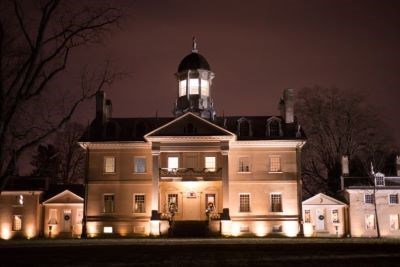
NPS/Tim Ervin Amid this economic hub, immediately after the close of the Revolutionary War in 1783 construction started on Hampton mansion, a massive Georgian style house set atop a hill. Built at the direction of Capt. Charles Ridgely, at 24,000 square feet the house may have been the largest private residence in the United States when completed in 1790. The imposing architectural masterpiece became a symbol of wealth and power for some, but oppression for others. The elegantly furnished mansion was set amid formal gardens and carefully landscaped grounds, making it an island of tranquility for the Ridgely family surrounded by a sea of suffering of those forced to labor for them. Having no children of his own, Capt. Charles Ridgely, left his nephew, Charles Carnan Ridgely, as the business partner and heir to Hampton. Under the proprietorship of Carnan Ridgely, the 25,000-acre Hampton plantation reached its height of prosperity, and height of the amount of people enslaved at once. The ironworks continued to be the main source of the family’s wealth, supplemented by farming, orchards, mining, marble and limestone quarries, mills, and mercantile interests. After Carnan Ridgely’s death in 1829, the ironworks ceased operation, and Hampton transitioned to being primarily a large, Southern-style plantation incorporating fields of grains, orchards, and herds of livestock. All these activities were done by a mixed labor force: principally enslaved laborers and some paid workers both Black and white. After emancipation in 1864, both Black and white paid workers and tenant farmers labored on the estate. Over time, the combination of the emancipation of enslaved people in the United States, economic downturns, and division of property among heirs reduced the plantation to 1,000 acres. By the 1920s, suburbs were encroaching and farming became increasingly less economically viable. The Great Depression and World War II finally led the Ridgely family to sell the house and part of the remaining property to the National Park Service in December of 1947. Hampton National Historic Site was established in June 1948 “on outstanding merits as an architectural monument,” making it the first historic site of its kind within the National Park Service. This designation paved the way for the establishment of the National Trust for Historic Preservation the following year. After much needed restoration work on the mansion was completed in 1950, the site was officially opened to the public. 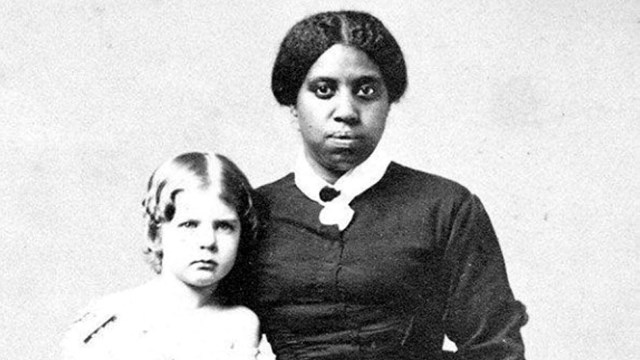
People
Hampton is the story of the many different people that came through the site. Learn their stories here! 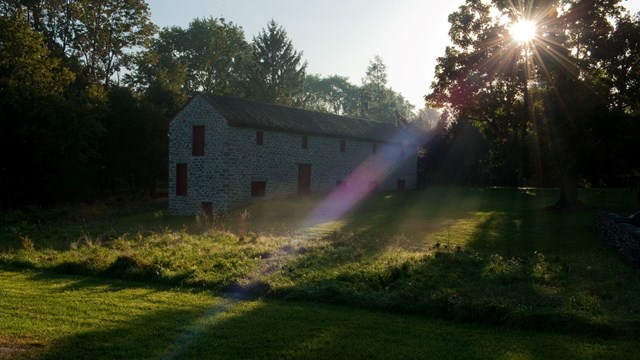
Places
Hampton is made up of various sites within the old plantation. Explore the sites before you visit! 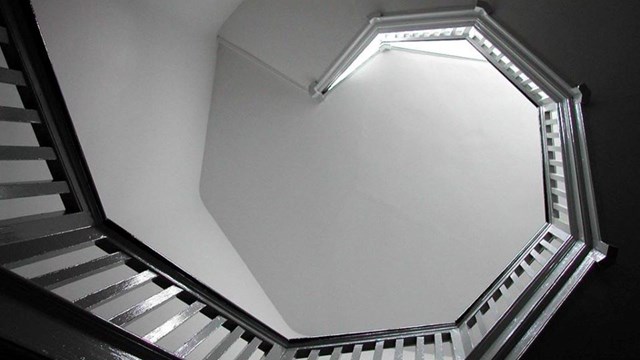
Architecture
Learn why Hampton is deemed to have merit as an "Architectural Monument." 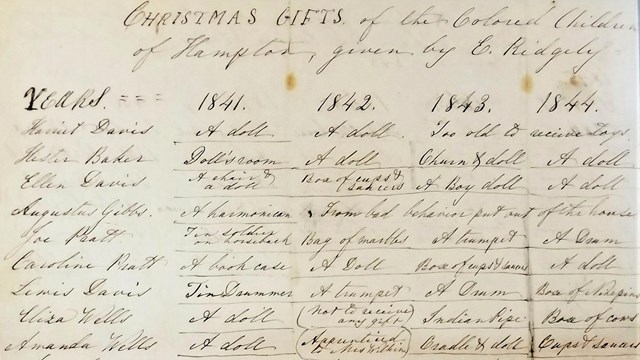
Collections
Artifacts, documents, paintings, and more! Explore the massive Hampton collections. |
Last updated: June 10, 2024
